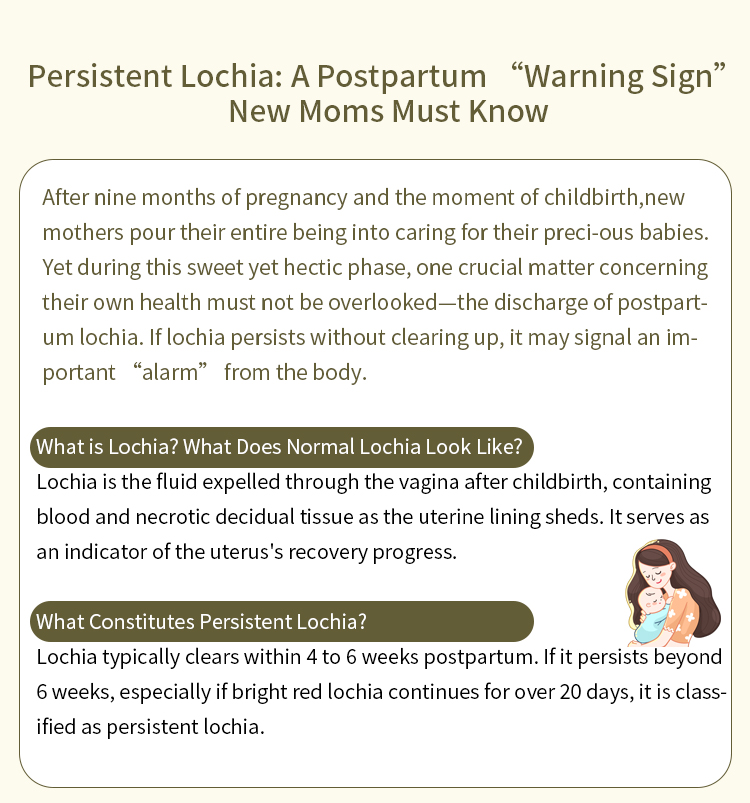Hiking Your Way to Fitness: Can You Really Get in Shape Just by Hiking?
In recent years, hiking has surged in popularity as a go-to outdoor activity, appealing to nature enthusiasts and fitness aficionados alike. With its accessibility and the myriad of health benefits it offers, many individuals wonder: can you get in shape just by hiking? This article delves into the multifaceted relationship between hiking and physical fitness, exploring the physiological benefits, the impact of terrain and intensity, and how to maximize your hiking experience for optimal fitness results.
The Physiological Benefits of Hiking
Hiking is a unique form of exercise that combines cardiovascular endurance, strength training, and mental wellness. Engaging in this activity can lead to several physiological benefits:
- Cardiovascular Health: Hiking elevates your heart rate, improving cardiovascular endurance. Regular hikes can lower blood pressure, reduce the risk of heart disease, and enhance overall heart health.
- Muscle Strength and Endurance: Unlike flat walking, hiking often involves varied terrain, including hills and uneven surfaces. This variability engages different muscle groups, particularly in the legs, core, and even upper body when using trekking poles. Over time, this can lead to increased muscle strength and endurance.
- Weight Management: Hiking can be an effective way to burn calories. The number of calories burned during a hike depends on several factors, including body weight, hiking speed, and terrain. On average, a person weighing 155 pounds can burn approximately 430 calories per hour on a moderate hike.
- Mental Health Benefits: The psychological advantages of hiking are profound. Exposure to nature has been shown to reduce stress, anxiety, and depression. The rhythmic nature of walking combined with the serene environment can enhance mood and promote mental clarity.
The Role of Terrain and Intensity
While hiking can undoubtedly contribute to fitness, the extent to which it can help you get in shape largely depends on the terrain and intensity of your hikes.
- Terrain Variability: Hiking on flat, well-maintained trails may not provide the same level of fitness benefits as hiking on rugged, steep trails. The latter challenges your body more, requiring greater effort and engaging more muscle groups.
- Intensity Levels: Incorporating interval training into your hikes—alternating between high-intensity bursts (like climbing steep inclines) and moderate-paced walking—can enhance cardiovascular fitness and calorie burn. Additionally, carrying a weighted backpack can further increase the intensity of your workout.
- Duration and Frequency: To see significant fitness improvements, consistency is key. Aim for at least 150 minutes of moderate-intensity hiking per week, as recommended by health authorities. Longer and more frequent hikes will yield better results in terms of endurance and strength.
Maximizing Your Hiking Experience
To truly harness the fitness potential of hiking, consider the following strategies:
- Set Goals: Establish clear fitness goals, whether it's improving endurance, losing weight, or building muscle. This will help you stay motivated and track your progress.
- Choose Challenging Trails: Seek out trails that offer elevation changes and varied terrain. National parks and nature reserves often provide a range of hiking options that can cater to different fitness levels.
- Incorporate Strength Training: Complement your hiking routine with strength training exercises. Focus on core, leg, and upper body workouts to enhance your hiking performance and overall fitness.
- Stay Hydrated and Nourished: Proper hydration and nutrition are crucial for optimal performance. Carry water and healthy snacks to maintain energy levels during your hikes.
- Join a Hiking Group: Engaging with a community can provide motivation and accountability. Plus, hiking with others can introduce you to new trails and experiences.
Conclusion
In summary, hiking can indeed be an effective way to get in shape, provided you approach it with intention and strategy. By understanding the physiological benefits, considering the impact of terrain and intensity, and implementing ways to maximize your hiking experience, you can transform this enjoyable outdoor activity into a powerful fitness tool. So lace up your hiking boots, hit the trails, and embrace the journey toward better health and fitness—one step at a time.
